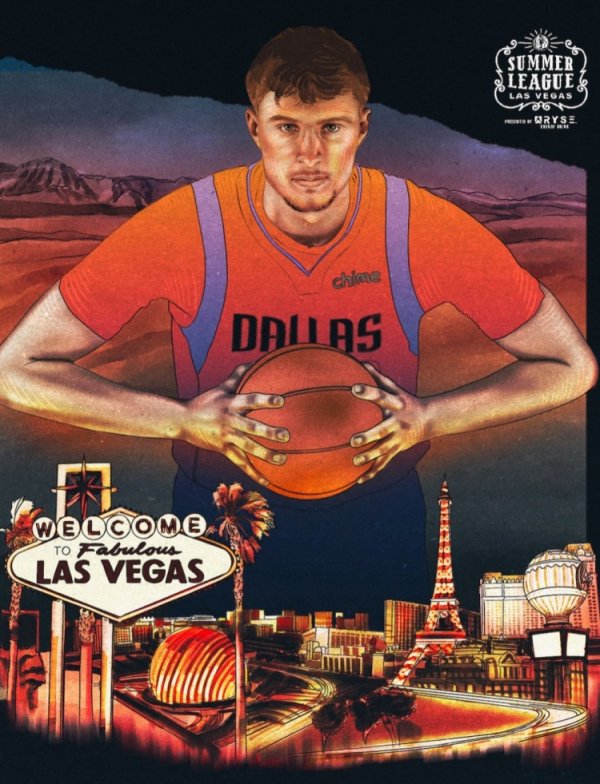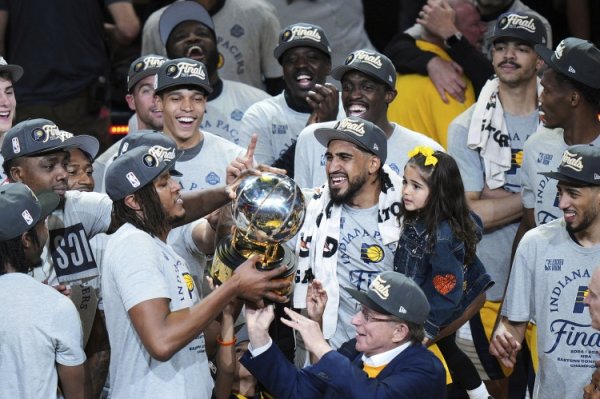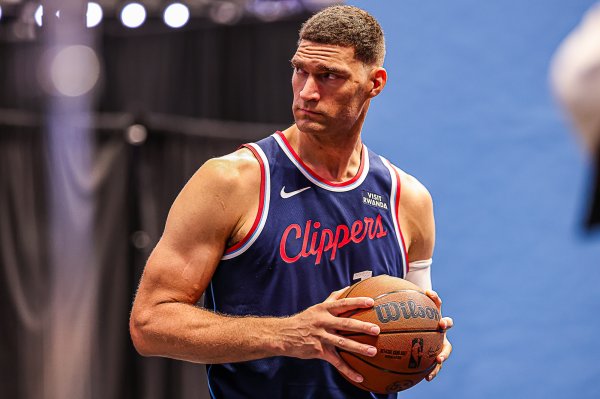The top priority for Western teams this summer: Rockets determine the core level, and the Lakers start to gather center forward from scratch
(The original article was published on June 9, and the author is Dan Favale in the open-air stands. The content of the article does not represent the translator's views)
Each NBA team always has a mountain of to-do items during the offseason. The difficulty and importance of these task lists vary by team condition, and the workload itself is always so large that it is difficult to determine where to start. Dan Favale in the open-air stands provided a reference for team management, and while not fully placing all priorities, it will indicate the most critical tasks in each team's offseason plan. All types of questions and deals are within the scope of discussion, from retaining existing core players to seeking external reinforcement, from dealing with the future direction of the stars to clearing up the salary space, a comprehensive analysis of the details of offseason operations.
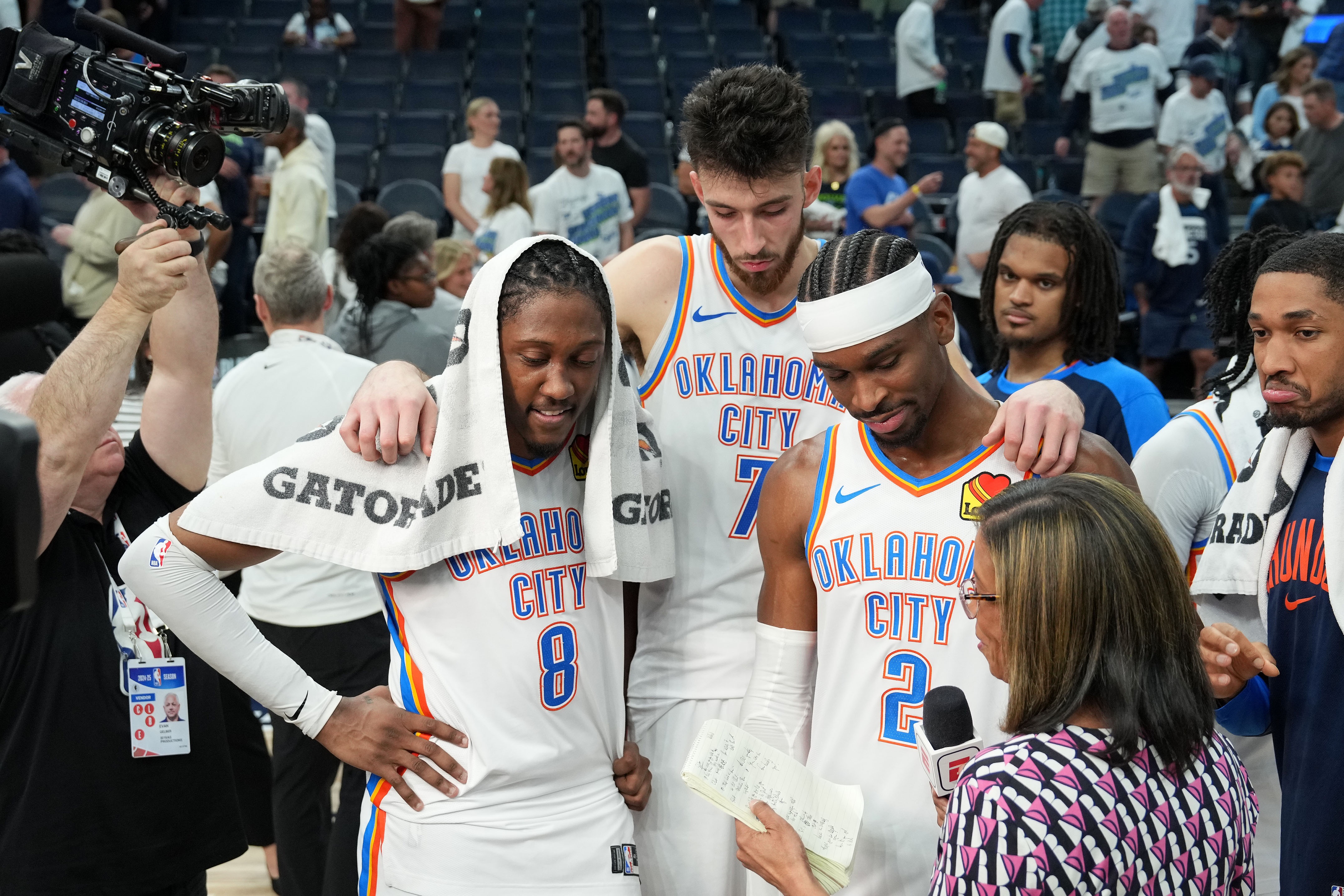
Oklahoma City Thunder handles roster quotas
The Thunder will have 14 registered players next season after protecting the contracts between Ajay Mitchell and Jerryn Williams. This means that they only have one roster spot before the draft, and they hold three draft picks: the 15th pick, the 24th pick and the 44th pick. It is obviously unrealistic to make a place for all rookies, and it may be a bit reluctant to even retain the quota for both the No. 15 and No. 24 picks, although not entirely impossible.
Thunder general manager Presti must make a choice: Should he clean up players like Usman Gion who seem to be not in the long-term plan? Can the three draft picks this year be packaged for a higher pick? Is it possible to replace this year's first round pick with future draft assets? This is a sweet worry, and Presti is already familiar with this kind of situation, but management still needs to carefully weigh the pros and cons of each option.
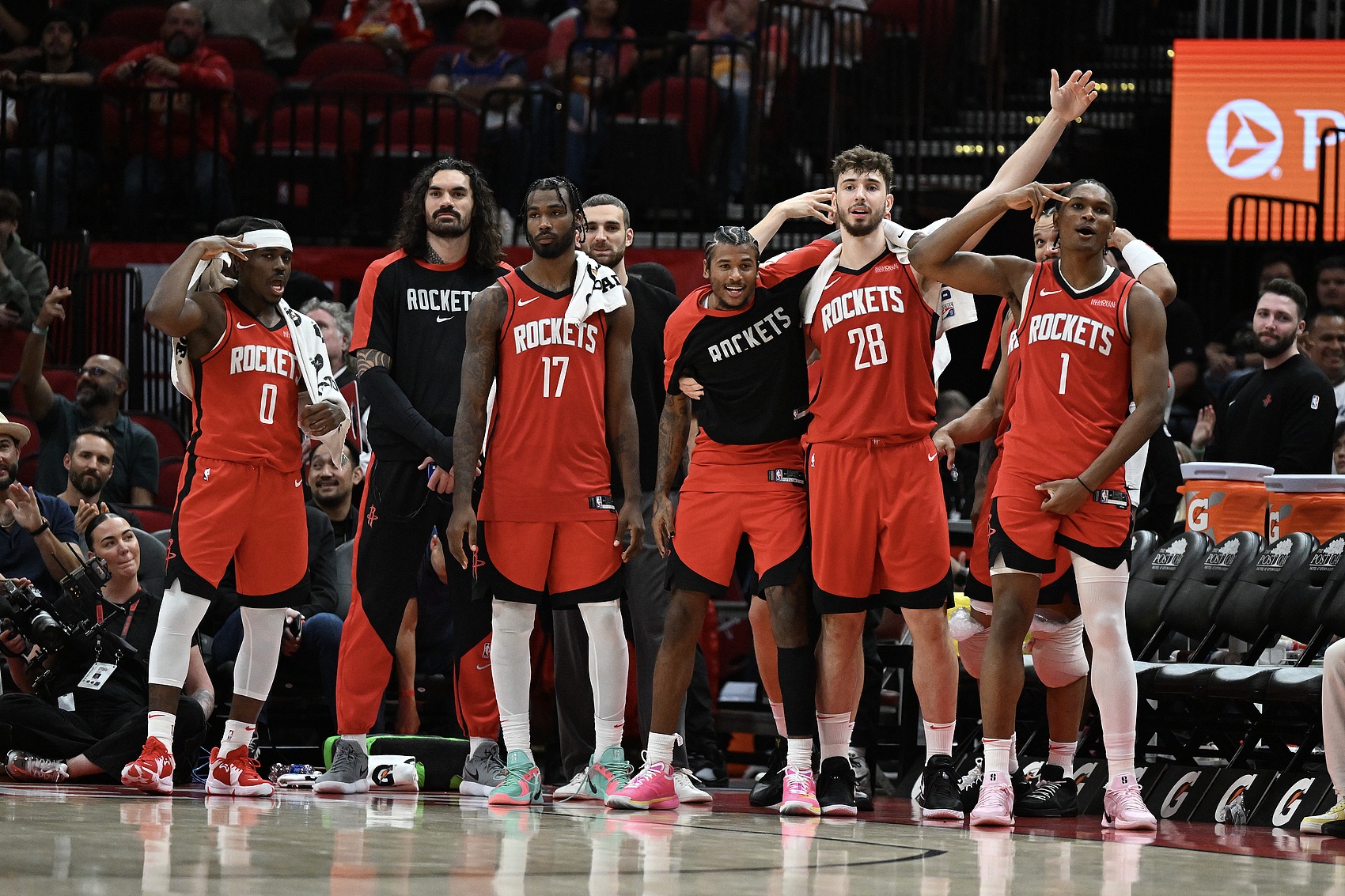
Houston Rockets establish a future team-building core. Before seeking a deal to strengthen the offensive, before starting the contract renewal negotiations between Ethan and Jabbarry Smith Jr., and even before trying to renew Adams, the Rockets must first clarify the future team-building core. The opening and closing of the championship window are often caught off guard. Although the Rockets' current lineup overflows, it is inevitable that they will pay a price to achieve greatness, whether it is salary pressure or the cost of integrating transactions.
Amen Thompson seems to be the only player close to "not selling". Shen Jing is closest to this level, but if the transaction target is Antetokounmpo, Booker or other future superstars, can he be listed as a non-sale product? The considerations for non-sale products are over this. Although Ethan, Jabbarry Smith Jr., Shepard, Whitmore, Jaylen Green, VanVleet (team option) and Dillon Brooks are not considered sacrifices at will, their long-term value has room for discussion. Even if you can't get all the answers this offseason, the Rockets need to figure out the most cherished level of players.
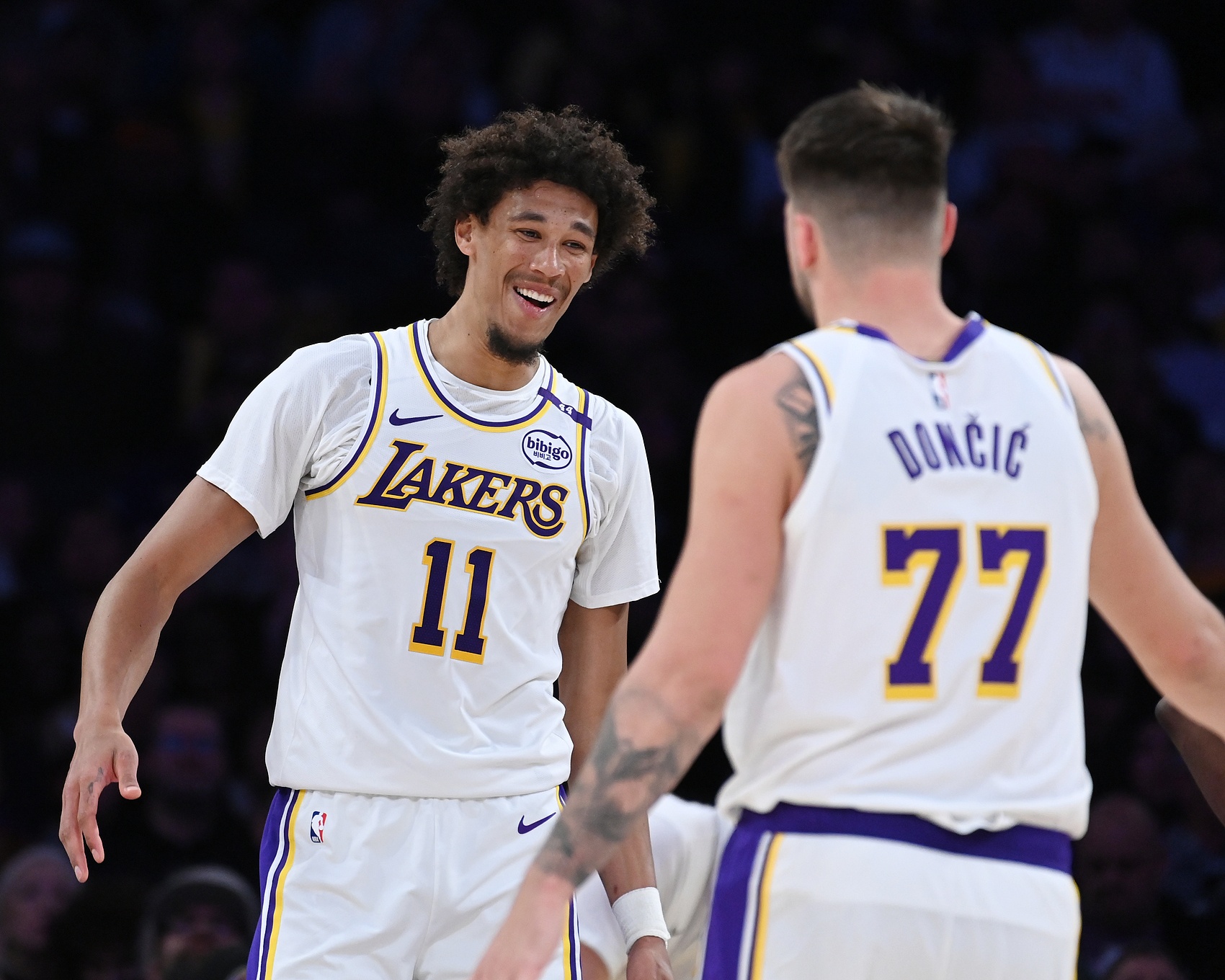
Los Angeles Lakers upgraded to center rotation
Or, in other words, the Lakers' top priority can be summarized as "forming a real center rotation", and they are already at the extreme at this position at the end of this season. It is far from enough to fill the rotation with Hayes and the small lineup center, and even the re-pursuing of Mark Williams has limited results. The Lakers need to equip Doncic and James with a big man who can both perform a deadly pick-and-roll and guard the penalty area. The debate over whether the space-type five position can replace the aerial threat point cannot cover up the core issue: the Lakers must invest heavily in this position.
It takes some creativity to get the right center candidate. Unless James abandons the player option and cuts his salary drastically, the Lakers have only a mini middle class special case of up to 5.7 million. Will this price plus key role commitments attract Horford or the Grand Lopez? Although both of these lack the threat in the vertical direction. Or do the Lakers have to use the first round of tradable picks in 2031/2032 to seek a deal? The specific operation path is not important, the key is to solve the problem in the end. The Denver Nuggets have completed a contract extension with Jokic, Jokic is eligible for a three-year, $212.5 million contract extension this summer, which will allow him to play until the 2029-30 season (34 years old). Of course, the Nuggets will receive this maximum salary, after all, he is the winner of the three regular season MVP. But will this Serbian center sign? This is another matter. Referring to the past, Jokic may have a low-key contract renewal, but this may not be the best choice. If he waits to renew his contract next summer, he can sign a four-year, $293.4 million contract; and the move to not renew the contract for the time being will send a clear signal to management that it must continue to strengthen the lineup.
Nuggets shouldn't need such a reminder. Jokic, the first player in active service, will turn 31 in February next year. After losing to the Thunder in the second round of the playoffs this year, he has publicly pointed out the lack of depth in the team's lineup. A sense of urgency should have been the norm, but team owner Josh Kroenke is still underscoring the need to maintain the status quo amid a salary impasse. Jokic may have to use the method of suspending the contract renewal to remind the management who is the real cornerstone of this team. As for the Nuggets, they must lock in the future of this landmark superstar at all costs.
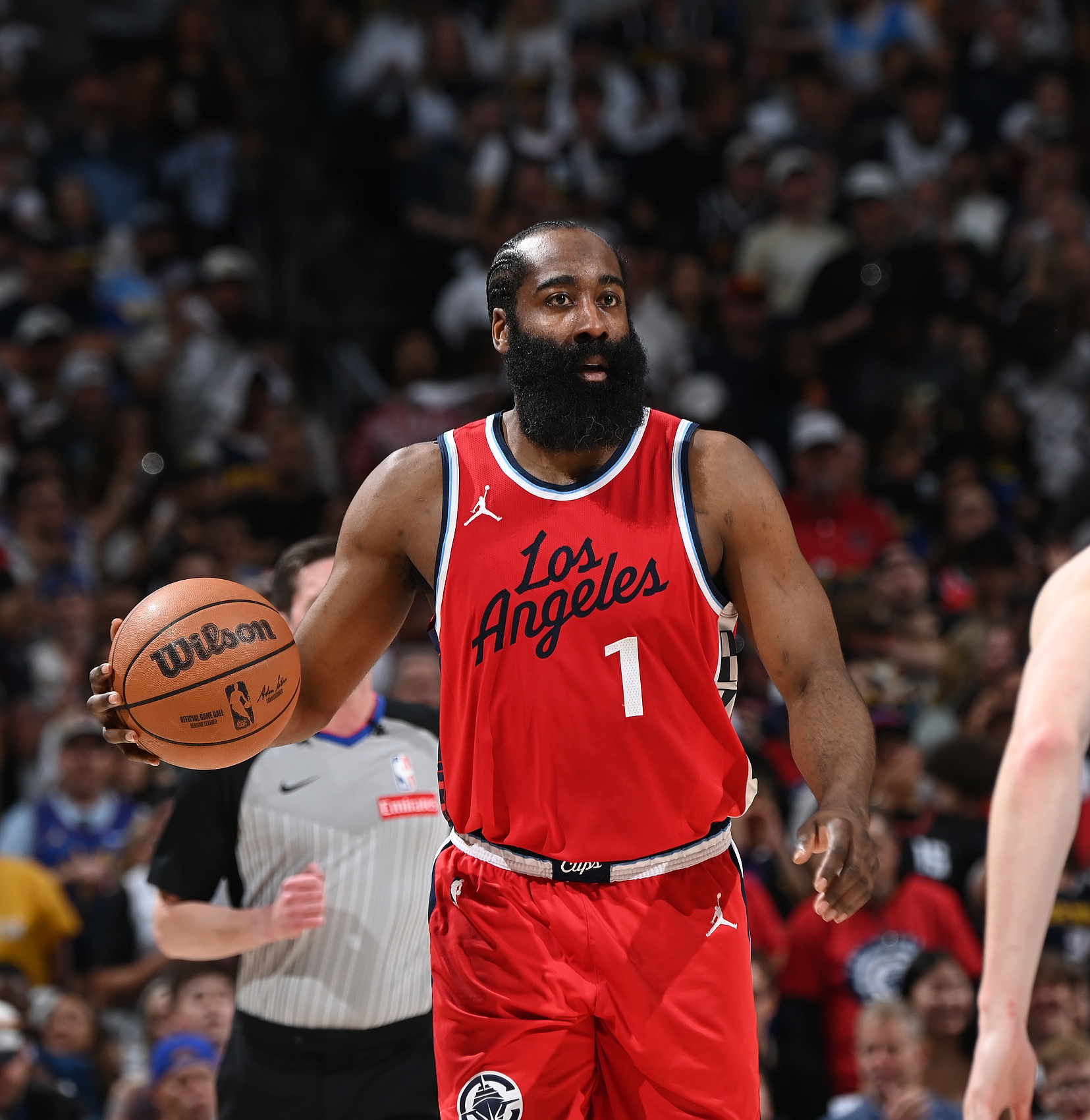
Los Angeles Clippers retain Harden without destroying the salary structure, despite the improvement in the offensive end of the mid-season, the Clippers are still overly dependent on Harden, 35. Even if Bogdan Bogdanovic and Powell are retained and Leonard is praying that they will still need to equip Harden with at least another offensive starting point, a player who can take over the organization's responsibilities when he is out of the field or in poor form.
But first, the Clippers must ensure Harden stays on the team. Most people expect him to leave. Harden, who holds the $36.3 million player option, will find it difficult to get a higher offer in the free agent market with tight cap space. The real suspense lies in the details of the contract. The ideal situation for the Clippers is to renew the contract at a price that does not affect the full use of 14.1 million yuan, and the contract period does not exceed Leonard's existing contract (existing in the 2026-27 season). Can the Clippers achieve this goal? Or do we have to make some compromises in order to retain this indispensable core? The answer is about to be revealed. After retaining the core lineup, the impulse for drastic reforms is always the strongest, and the Timberwolves is no exception. Although they showed cohesion in the final stage of the regular season, the ending of being eliminated by the Thunder 1-4 in the Western Conference Finals undoubtedly reminds the team how far they are from the championship. It is not difficult to resist the temptation of a complete reconstruction unless the Timberwolves are unwilling to pay the price for the continuity of the lineup. Randall ($30.4 million player option) and Naz Reed ($15 million player option) both have the potential to be free agents, while Alexander Walker (full free agent) has determined to try the waters of the free agent market.
Timberwolves have the financial resources to keep everyone. But if both Reed and Randall execute the player options, the team will reach the No. 1 rich line even if they do not count to Alexander Walker's new contract. To keep these three, the Timberwolves either accept the restrictions of the second tyrant line, clear out other salaries, or count on these three to renew their contracts for a total of about $55 million. If it cannot be achieved, they will face a three-choice situation. Maximum retention of the core lineup is key, and unless Durant is miraculously obtained, the Timberwolves must be wary of the dangers of changing for the sake of change.
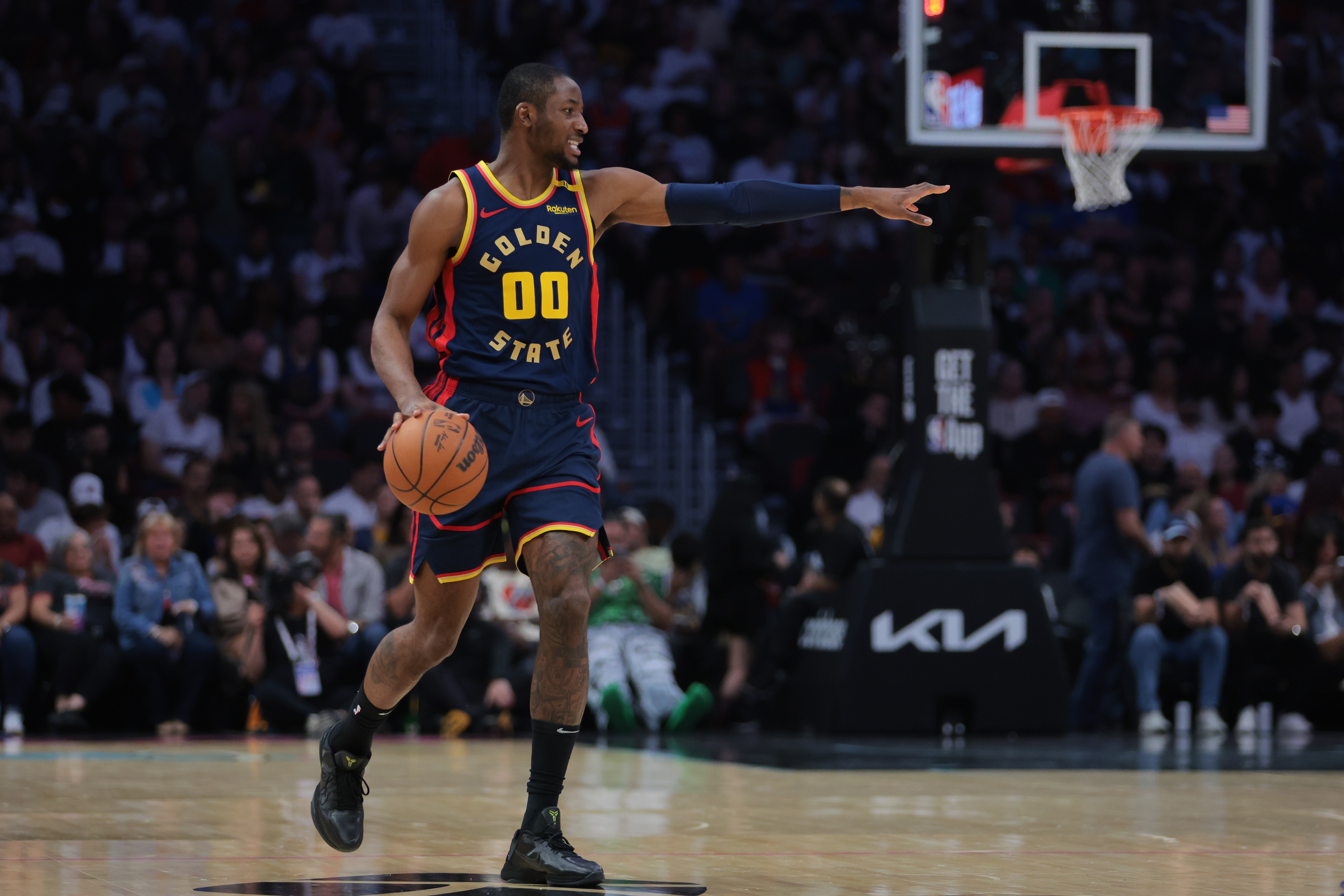
Golden State Warriors
choose Kumingga's future
Kumingga is entering the restricted free agent market in the most special way. Despite his role and performance in the Warriors, league sources revealed that the striker still regards himself as a future star, according to The Athletic's Warriors record Anthony Slater. The Warriors management may not agree with this positioning, and even if it agrees, the existing system will find it difficult to realize its potential.
Parting ways is the best choice for both parties. But the Warriors must not let Kumingga leave the team in vain. This situation is likely not to happen. After all, the Nets are the only team with a salary space. What's even more difficult is that if Kumingga is confident enough about his own value, he may choose to sign a qualification quotation contract. After playing the game next season with a trade veto, he will become a full free agent in 2026, which will become another nightmare scene for the Warriors. Leaving the team through a sign-in and then exchange transaction is the ideal solution, but the "basic annual compensation clause" will complicate the operation. In any case, the Warriors must ensure that the value of Kumingga as an asset is not lost. If it cannot be reached, the team must at least sign a contract that will not depreciate seriously and can be traded in the future. The renegotiation of the contract with Jaren Jackson Jr. and renegotiated the contract with the current player seems debatable when the season ends poorly and unnecessarily. But if the Grizzlies are determined to build a team around their existing core, it will be crucial to lock in Jaren Jackson's future in advance. The Grizzlies are expected to have about $7 million in cap space after counting in Aldama’s restricted free agent reserves. The funding could increase Jaren Jackson's salary to $30.4 million next season, and then renew his contract for four years and $190.8 million.
If the 25-year-old All-Star chooses to test the free agent market next year, the situation will be complicated. By then, the maximum salary in four years will reach US$228.6 million, and the maximum salary in five years will soar to US$296 million. The average annual salary gap is significant: the average annual plan for renegotiating the contract is about US$47.7 million, while the four-year/five-year maximum salary contracts reach US$57.2 million and US$59.2 million, respectively. For the Grizzlies who are determined to build a team around the Big Three, every dollar saved is of great significance. Especially considering this team that has always been very careful, financial flexibility will directly affect the future reinforcement space.
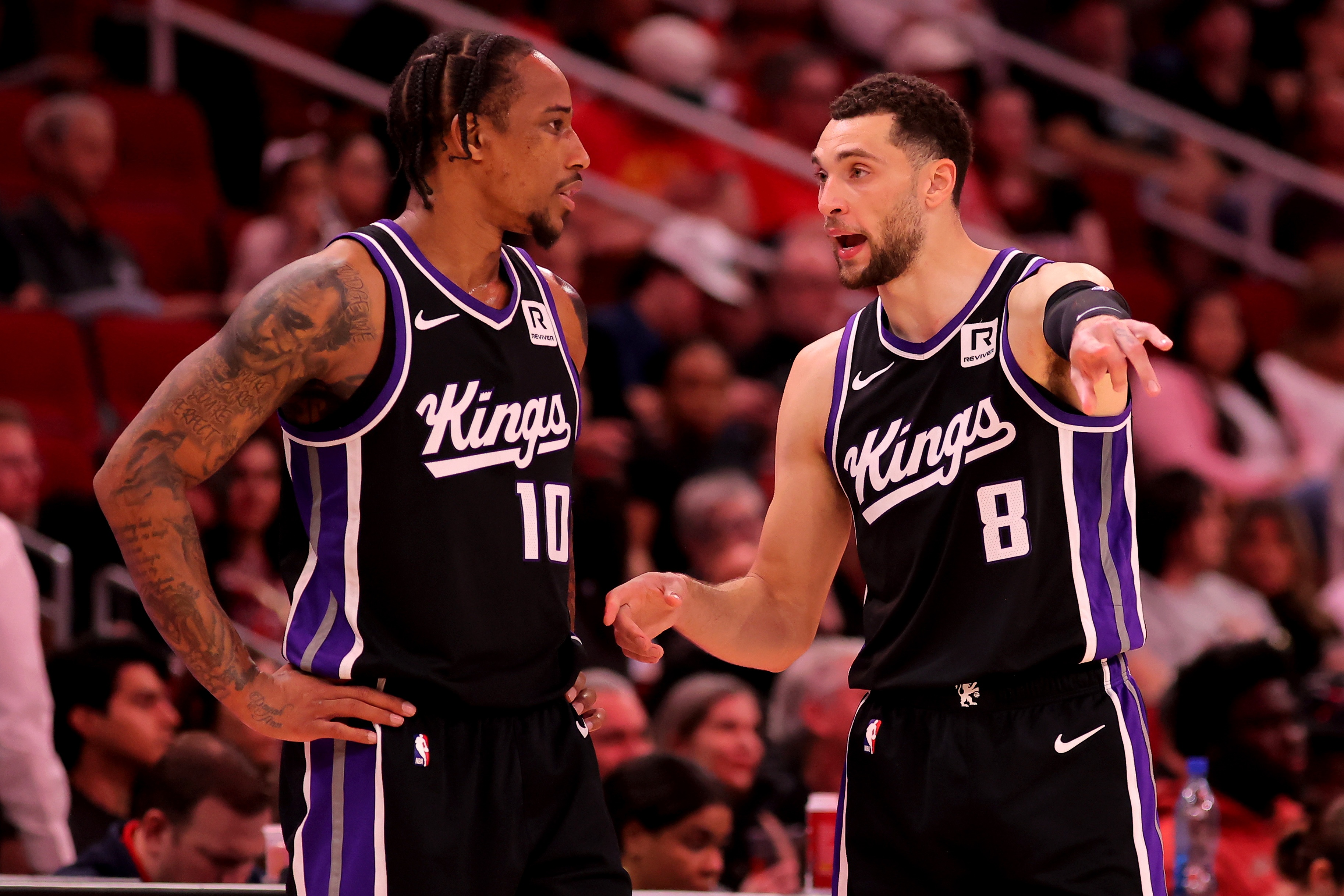
Sacramento Kings
Introduced starting point guard
Sabonis urged the Kings to strengthen the point guard position at the season summary meeting, and the management would better take this suggestion seriously. Although DeRozan, Monk and Laven can all provide auxiliary organizational skills, and Sabonis himself can also serve as the starting point of the offensive, what the Kings need is a player who can tear the defense from the outside, he needs stronger explosive power than DeRozan and better dynamic organizational skills than Monk or Laven. The King is expected to use a full middle class special case of 14.1 million, giving them an advantage in the competition. Management should not rule out options in the trading market. Although it is not in line with the team's current situation if it is broken by Morant or Trae Young, they have all the chips (or salary balance plan) to explore goals such as Kobe White, Scottie Pippen Jr., Prichard, Jamal Murray or Lamelo Ball. Of course, it would be another matter if General Manager Scott Perry decided to knock down the reconstruction. But as long as the King still wants to grasp the moment, finding a qualified starting point guard must be ranked as the number one task.
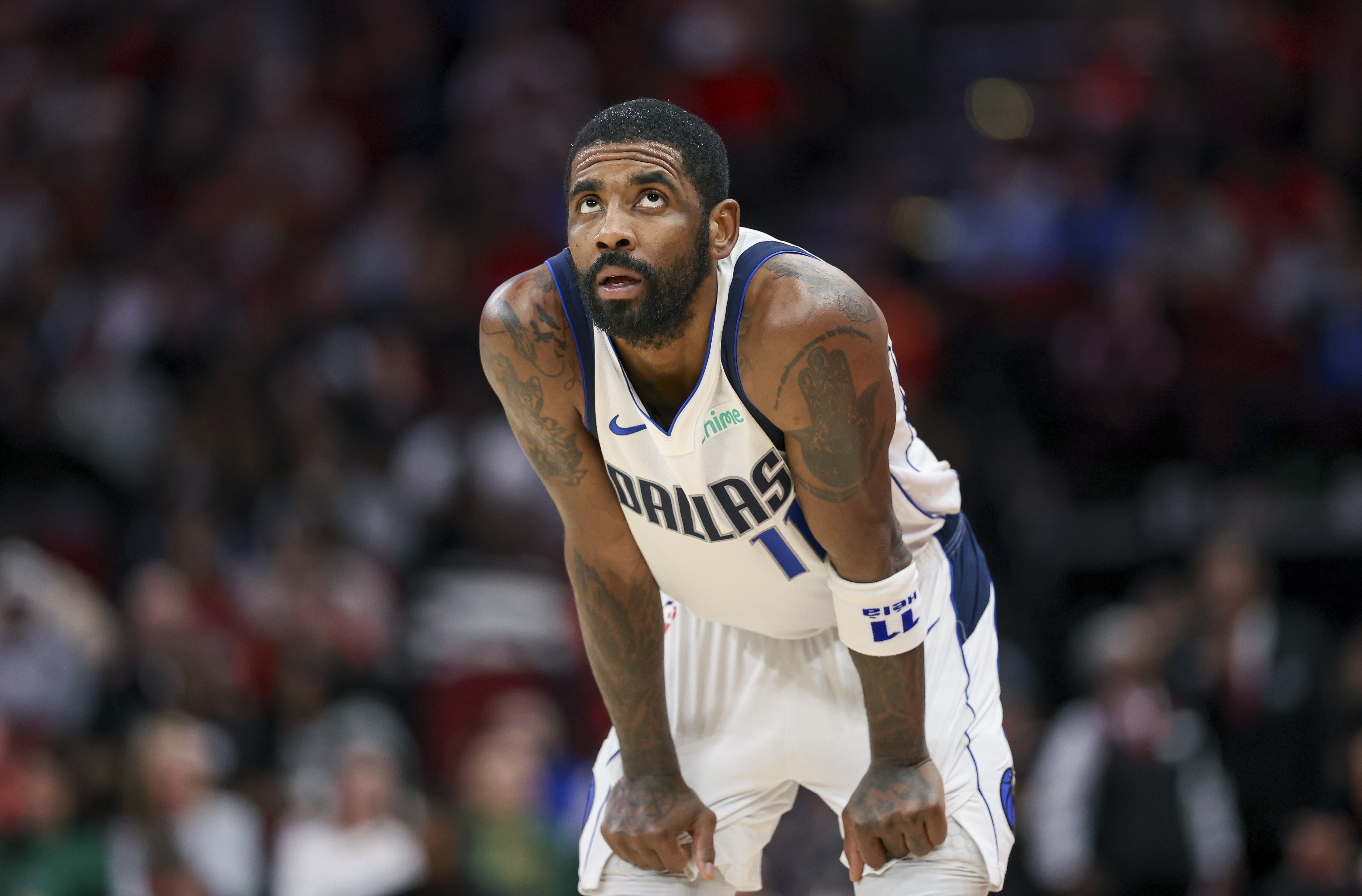
Dallas Mavericks
Fight the future of Irving
Although no one thinks Irving will leave the Mavericks, General Manager Nick Harrison's team must finalize the specific way he stays. Irving holds a $42.9 million player option, and the injury from a torn ACL in his left knee makes the choice more subtle. Will he jump out of the contract and sign a long-term contract with a higher total amount but a lower annual salary? Or is it an execution option, and after returning in January next year, enter the free agent market in 2026 at the age of 34? Can he execute the option before signing the contract renewal? Or give up the option to sign a 1+1 contract, which not only retains its free agent status in 2026 and avoids market risks? The most important thing is: from the perspective of the Mavericks, which solution is the most ideal? The last question is perhaps the most important. After the salary of the No. 1 pick, the Mavericks are currently surpassing the second rich line. A reasonable salary structure layout is crucial to next season and long-term planning..
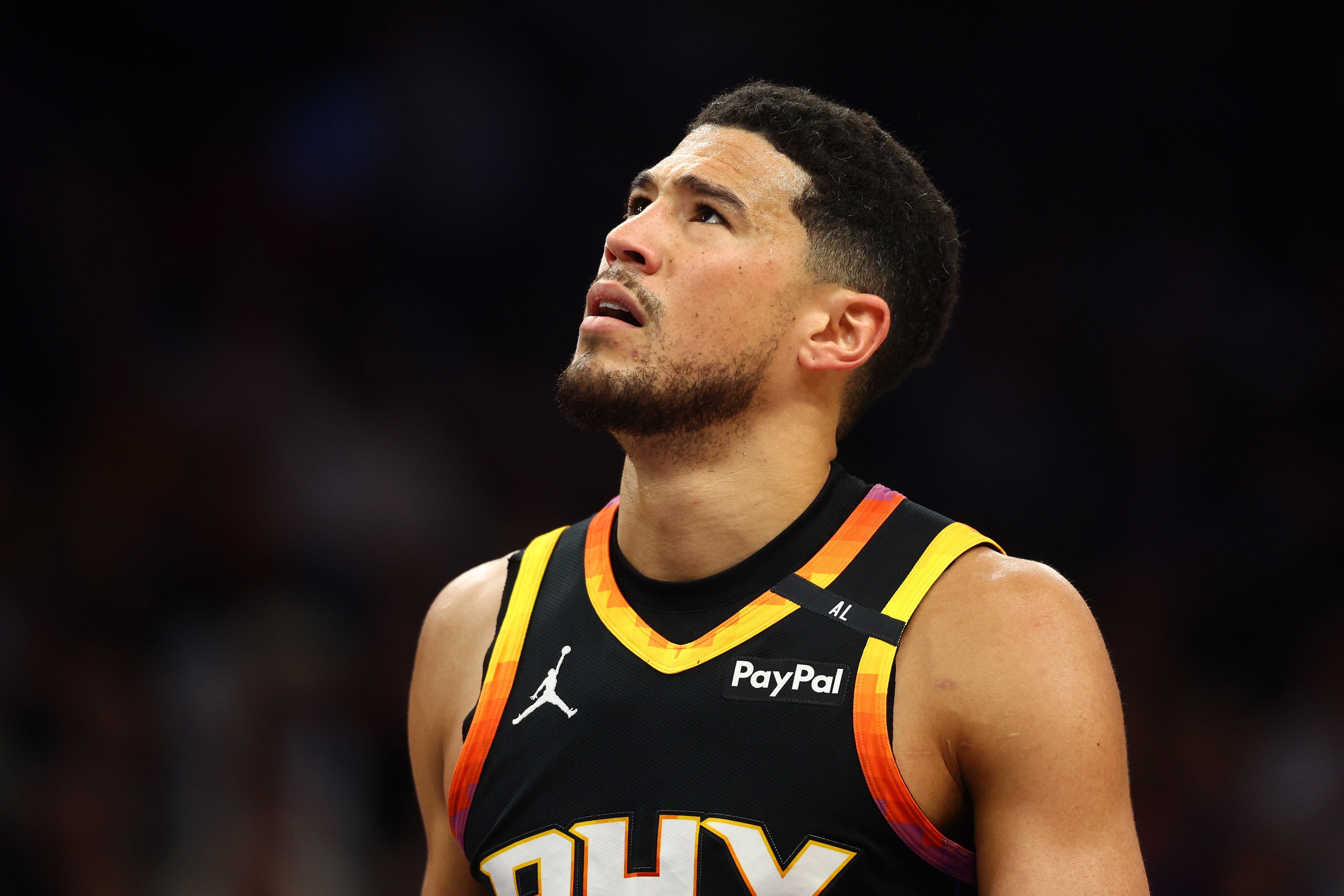
Phoenix Suns
Locking Booker's future Although Durant is the center of the trading rumors storm and he will dominate the team's operations this summer and beyond in the future, Booker's situation is more critical, and he is the real lifeline of the Suns. As the only guarantee for the Suns to avoid complete decline, Booker's importance is even more prominent when the team does not have his first round pick before 2032. This makes the contract renewal negotiations crucial, with the Suns having the opportunity to lock him into the 2029-30 season with a two-year, $149.8 million early contract renewal this summer.
All signs indicate Booker is willing to sign a contract extension. His loyalty to Phoenix has never wavered and he has been deeply involved in the decision-making process of hiring Jordan Ultra as the new head coach. These positive signals indicate a bright future for renewal, and the final signing of the contract will become the most critical reassurance for the Suns offseason.
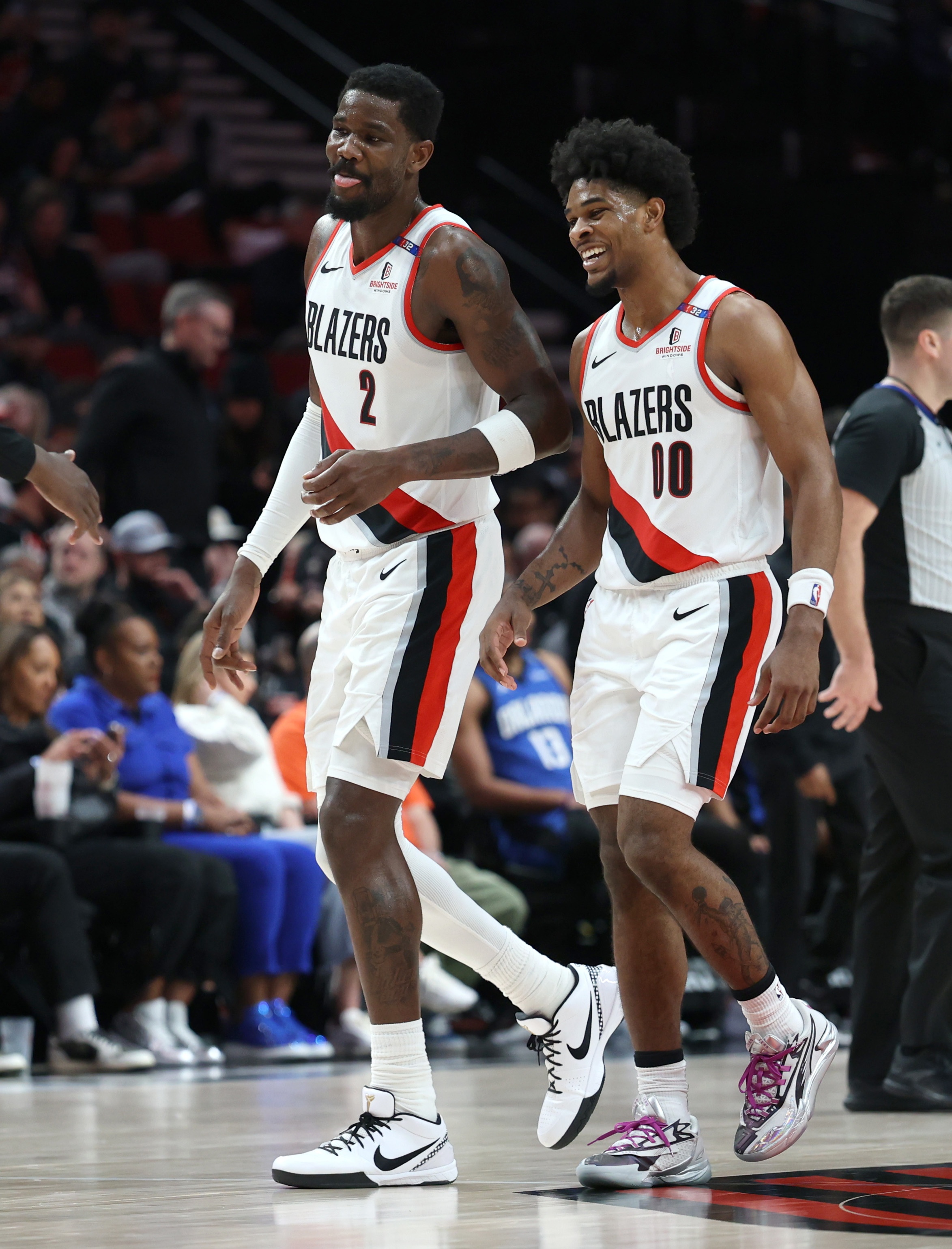
Portland Trail Blazers
Simplified rotation or adjusted lineup structure
It turns out that the Trail Blazers have a deep rotation lineup quietly. Their rise in the middle of the season demonstrates a diverse range of effective rotations, defense and game intensity, setting an interesting tone for this offseason. They will have a No. 11 sign and can use most or all of the 14.1 million middle class special cases without touching the luxury tax line. Unless there is a one-sided star trade, the Trail Blazers should not over-seek change now. But streamlining the rotation does have its value. Players like Grant, Seble (player option), Ayton and Rowe are not long-term cores, and trading them (preferably for assets) can free up more playing time for potential core players.
This is not only about the choices of existing players. This season, the Trail Blazers have given key players sufficient playing time (overall). More importantly, they are creating space for new players who are more in line with the team's long-term planning and can strengthen their shortcomings (such as precise projection). It is also necessary to briefly mention Sethton Sharp's early renewal qualification, and three years later he is still a tempting mystery, which makes reasonable valuation difficult. Although the Trail Blazers don't have to rush to negotiate, if his unfulfilled potential can allow the team to get a "value contract", it would be wise to lock in advance.
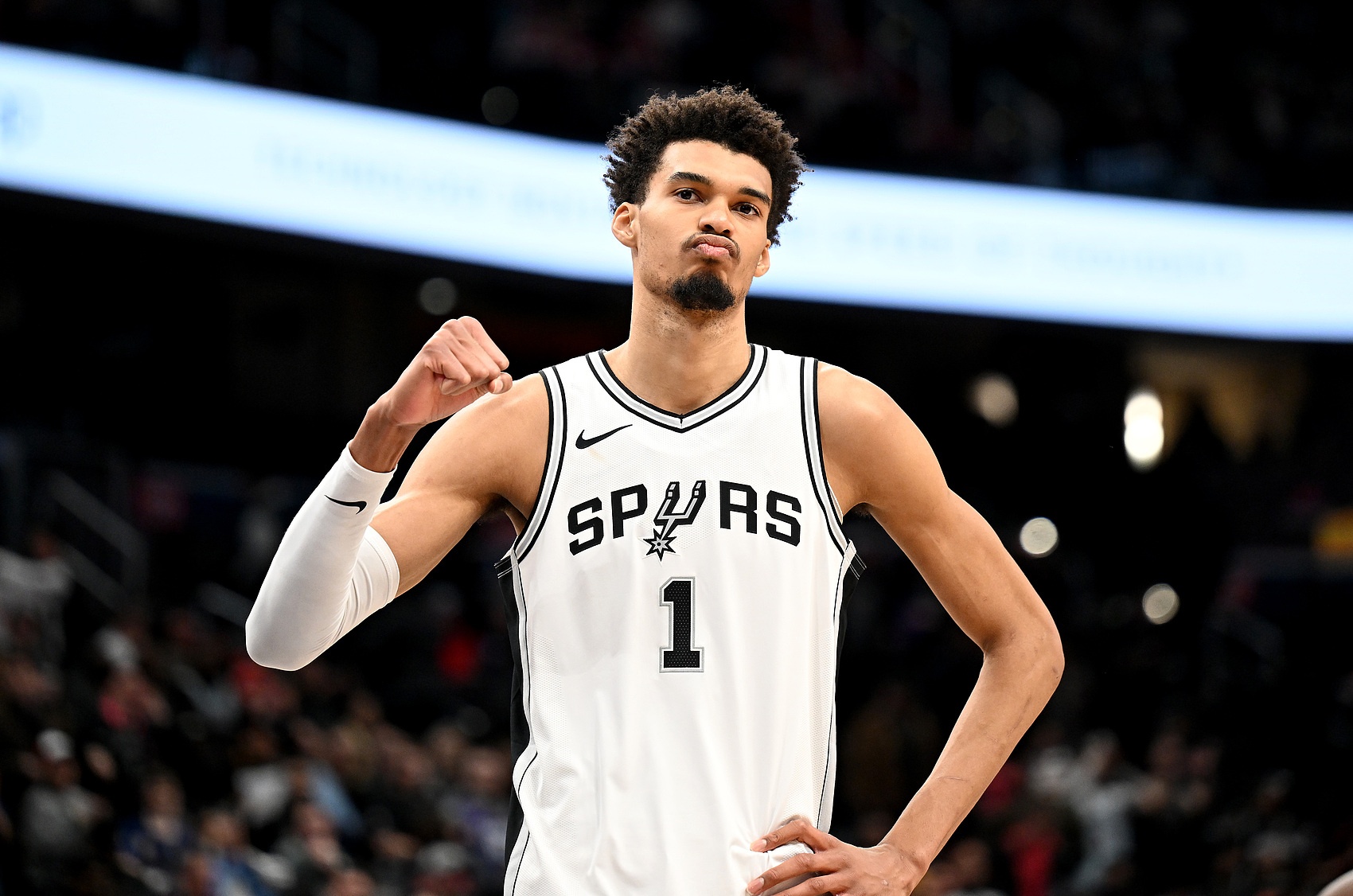
San Antonio Spurs
Building a space lineup for Vampan Yama
The Spurs are accumulating top talented stars and mature players, but the scorer group equipped for Vampan Yama? It's far from enough. According to data from the BBall-Index website, all Spurs players except Wenban Yama this season have only better than 41% of the teams in the league, which is obviously unable to meet the demand. Even if you are optimistic about Fox's perimeter feel, the Spurs will likely lose Paul, who shot 37.7% from three points, who may switch to a team that offers a bigger role. If Dylan Harper is selected with the second pick (only 33.3% of the three-point shooting percentage in his freshman season), the team's space problems may further worsen. Fortunately, the Spurs have a variety of reinforcements: they can use 14.1 million full middle class special case and 5.1 million biennium special case, while still retaining the chips that pick and salary balance, enough to trade for high-quality shooters who can enter the final lineup.
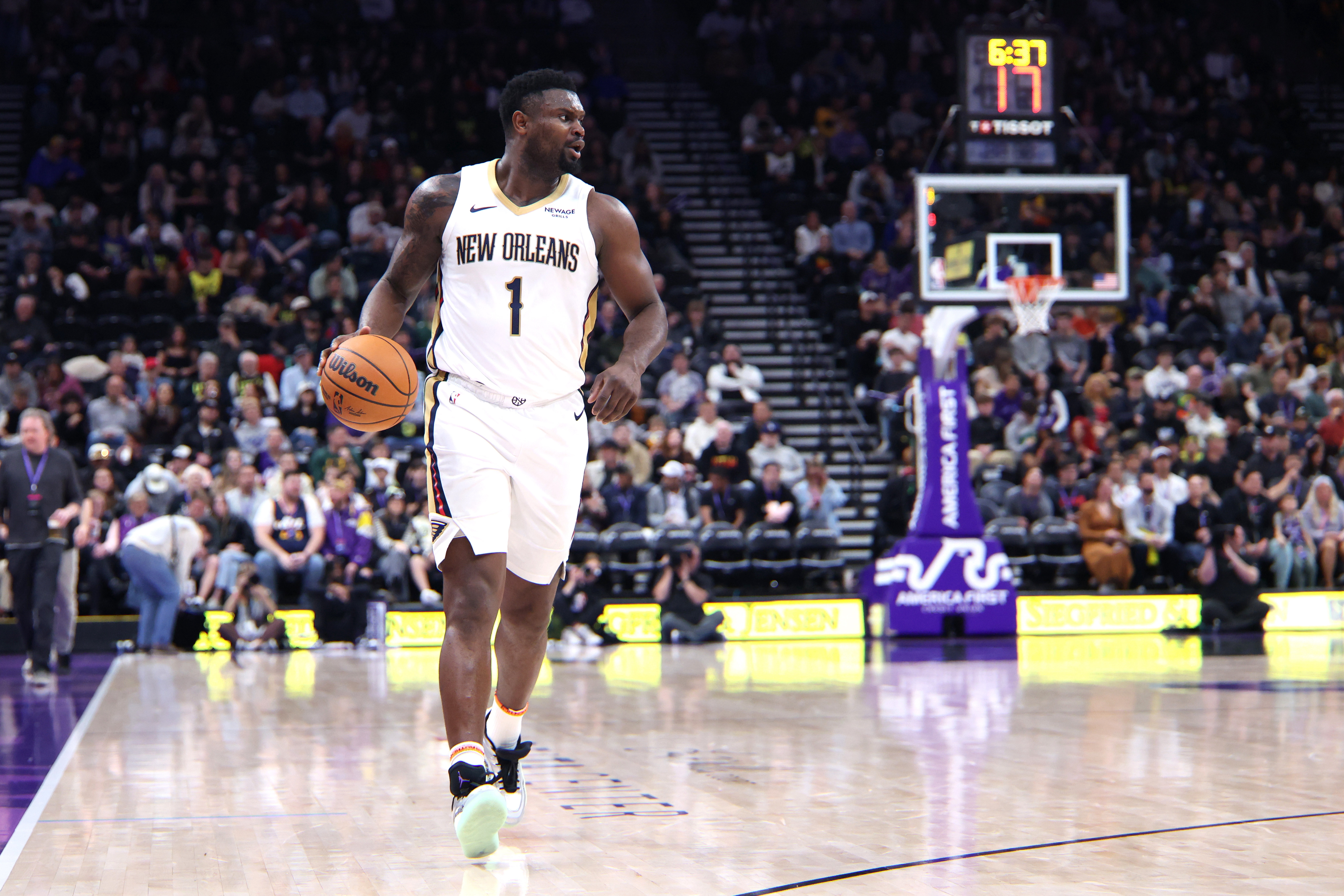
New Orleans Pelicans
Increased high-yield three-point shooter
People's basketball operations president Joe Dumas made it clear to reporter Rod Walker that Zion is still the core of the team's team building. If the Pelicans really intend to continue building a roster around Zion, they must bring in more productive three-point shooters. This season, the Pelicans ranked 26th in the league in three-point shooting, and has never entered the top 23 in the past five years. What's even more shocking is that when Zion was on the court, the team's three-point shooting frequency fell to the lowest level of 1% in the league.
Murphy and McCollum are the only high-profit shooters in the lineup. Jordan Hawkins can barely count as half of the role positioning (frankly speaking, it will be necessary to see the condition on the night of the game). Adding three-point shots is not only about the data itself, but also means creating space for Zion's breakthrough and providing a reliable outside endpoint when he attracts double-teams.
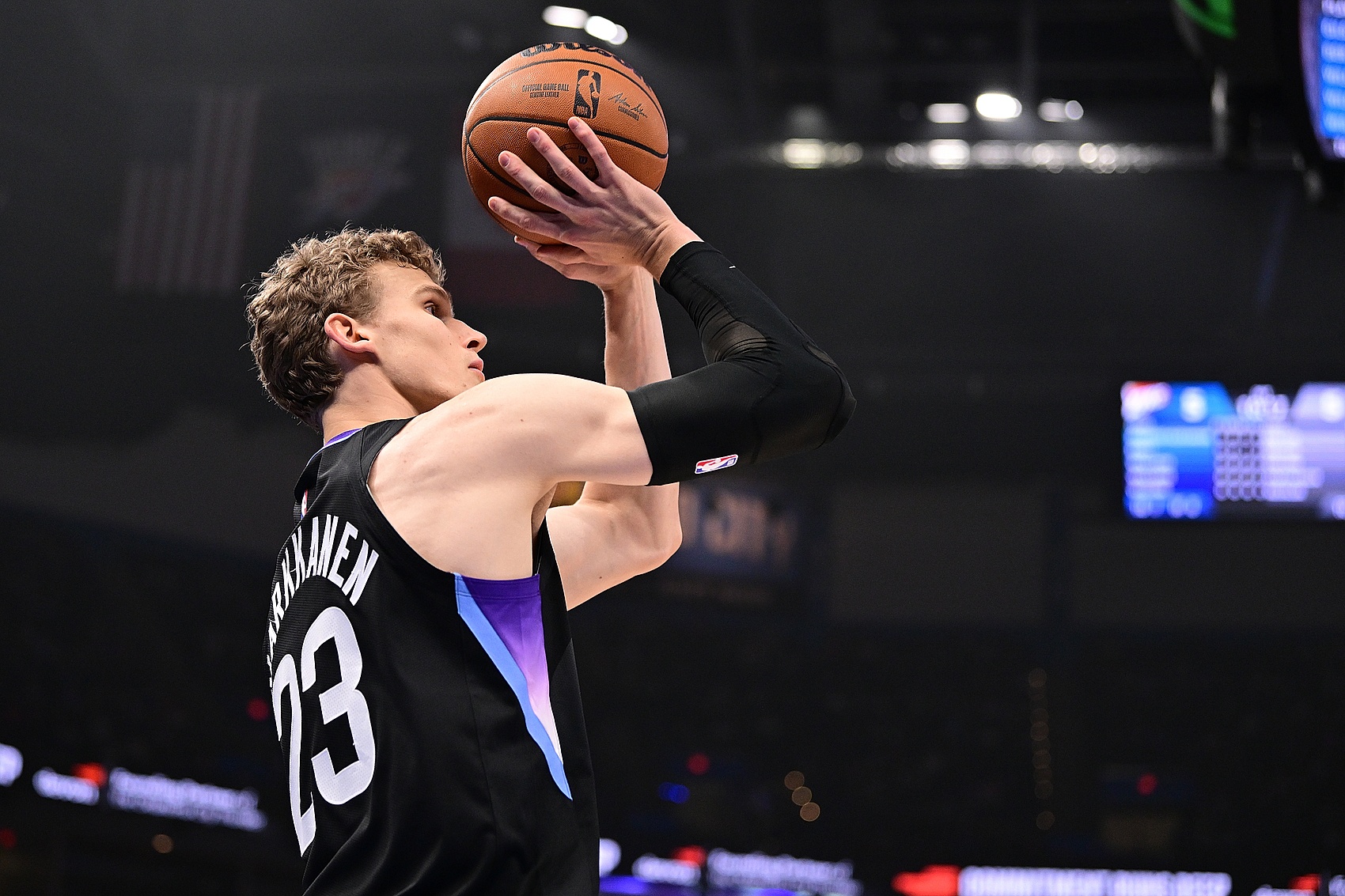
Utah Jazz
Keeping rational expectations
The new president of basketball operations Austin Angie made it clear that there will never be any bad behavior during his term. First, let us mourn Kessler's three-point shooting right. Second, if Angie is suggesting that the Jazz's existing lineup is difficult to remain competitive in the West, then keep on doing it as planned. But if this means trying to speed up the process in the third year of reconstruction, then you must give advice: Don't rush it. Sir
has not yet arrived for a big bet. They first need to determine the cornerstone of the team building, and may be able to find the answer at the fifth pick this year, but they must wait until the regular season to verify it. There is obviously no such candidate in the existing lineup. At this time, radical signings will undermine the reconstruction logic. This is not to ask Angie to sell Sexton and Markcanen at a low price, but to remind the team to maintain strategic determination. Although the rebuilding progress may have anxiety for fans, the sober perception that Jazz management has shown so far should not change.
Summary>>The top priority of the Eastern team this summer: Bulls must not pay high salaries to continue Jidi. 76ers are more useful for the Tanhua sign
Original text: Dan Favale
Translated by: Li Taibai


